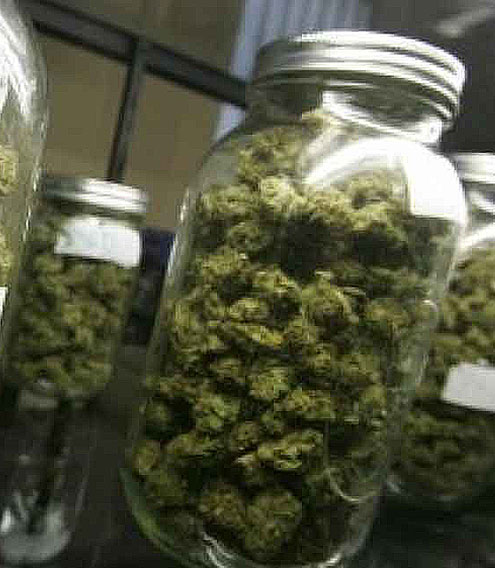By Kendall S. MacRostie

Federal Laws Regulating Employee Marijuana Use
Executive Order 12564, Drug-Free Federal Workplace, mandates that: (a) Federal employees refrain from illegal drug use; (b) illegal drug use by federal employees, whether on or off duty, is contrary to the efficiency of the service; and (c) persons who use illegal drugs are not suitable for federal employment. The Executive Order emphasizes, however, that discipline is not required for employees who voluntarily seek counseling or rehabilitation, and thereafter refrain from using illegal drugs.
However, there is no requirement for most private employers to have drug-free workplaces. The exceptions are:
Federal contractors and grantees: Any organization that receives a federal contract of $100,000 or more; or organizations receiving a federal grant of any size.
Safety and Security Sensitive Industries: Law enforcement, national security, the protection of life and property, public health or safety, or other functions requiring a high degree of public trust.
Americans with Disabilities Act: Under the ADA, employers cannot fire, refuse to hire, or refuse to promote an individual with a history of substance use, or who’s enrolled in a drug or alcohol rehabilitation program.
Civil Rights Act: Makes it illegal for employers to single out a specific racial, ethnic, or gender group when implementing drug-free workplace and testing policies.
Family and Medical Leave Act: Prohibits employers from retaliating against workers who request FMLA leave. For example, an employer cannot demote, fire, or refuse promotion to an employee simply because that employee requests time off for substance use disorder treatment, or to care for addicted family members.
National Labor Relations Act: Any drug-testing program affecting unionized workers must be negotiated and agreed upon with the union through a formal collective bargaining process.
California Laws Regulating Employee Marijuana Use
Since marijuana has been legalized for recreational purposes in California, it seems logical that employers would have a more lenient stance on employee marijuana use outside of work. However, the Adult Use of Marijuana Act section 11362.45(f) states that:
“Nothing in section 11362.1 shall be construed or interpreted to amend, repeal, affect, restrict, or preempt the rights and obligations of public and private employers to maintain a drug and alcohol free workplace or require an employer to permit or accommodate the use, consumption, possession, transfer, display, transportation, sale, or growth of marijuana in the workplace, or affect the ability of employers to have policies prohibiting the use of marijuana by employees and prospective employees …”
Translation: Employers can still fire employees who test positive for marijuana, regardless of whether that use occurred during working hours or not.
That being said, it is possible for employers to agree that employees can use marijuana outside of the workplace and not face termination. In this case, it is recommended that both parties sign a written agreement of the terms of the arrangement.
Enforcement Issues If Employee Use is Granted
Suppose an employee and an employer sign such an agreement. If the employer suspects that the employee has been using marijuana during working hours, but doesn’t witness it firsthand, how would the employer go about firing the employee without creating conflict?
A blood or urine test showing the presence of THC would be insufficient, since those tests don’t show intoxication at a given moment, but rather marijuana usage within a timeframe of several weeks. The best practice would be to compile as much data as possible to include in the employee’s file.
One data set could be records of sensory cues indicating the presence of marijuana. This could be statements from other employees about smelling marijuana on their co-worker on certain days. Or, the employer could maintain a log that documents instances of the employee appearing disoriented or displaying other physical manifestations of intoxication.
Another data set could be objective decreases in employee productivity. For example, if the employee is in sales and his or her number of closed deals decrease over a period of time, that could be used to support a case for intoxication.
The best way to infer intoxication is if those two data sets can be correlated: the employee’s productivity decreases as the number of sensory cues indicating intoxication at work increases. Even though testing and data compilation will never be conclusive proof of intoxication at work, it certainly helps to collect that information to defend against allegations of impropriety should an employee be terminated.
•••
Mlnarik Law Group Inc. — Bankruptcy, Estate Plan, Business Law, Employment Law, Family Law. Address: 2901 Park Ave, Soquel, CA 95073, Phone: (831) 431-6430, Website: mlnariklaw.com